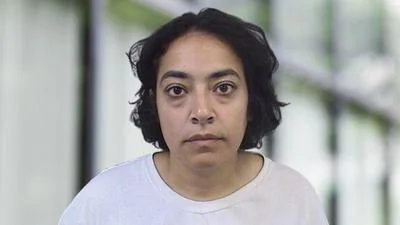The City of Chicago is preparing to replace high-pressure sodium lights with energy-efficient LEDs in 270,000 streetlights, but the investigative non-profit known as the Better Government Association (BGA) says residents have been kept in the dark about where the money to do the work is coming from.
The project has been on the city's Infrastructure Trust plans for four years, but it's only now starting to see real action, the BGA claims.
The BGA says the funding for the trust -- and therefore what projects it does work on -- is not coming from private investors, as promised by Mayor Rahm Emanuel, but from taxpayers, who have had to foot the bill for the so-called innovative method of financing public works established five years ago.
The original plan miscalculated the necessity of a return on investments. Convincing investors to put money into energy-saving projects is far more difficult than investing in projects that produce revenue, such as parking meters and toll roads, the BGA says.
“(Investors) are not going to give the money for free,” University of Chicago Law School Professor Julie Roin told the BGA. “They are always going to want a return on their investment.”
In a recent guest column published on Politico, Emanuel touted the improvements to Chicago's infrastructure as he lectured the federal government about funding.
"Some are looking for a magic bullet that would fund infrastructure investments without spending money, but the truth is you cannot get from here to there without resources,” Emanuel wrote. "So let me be clear to Washington: Any plan for investing in infrastructure that does not include funding is fairy dust."
The mayor failed to mention his own trust, which resulted in taxpayers footing the bill after the promised private investors did not materialize, the BGA says. The single project completed to date was the energy efficiency upgrades to city-owned properties, and it was downsized from the original plan.






 Alerts Sign-up
Alerts Sign-up